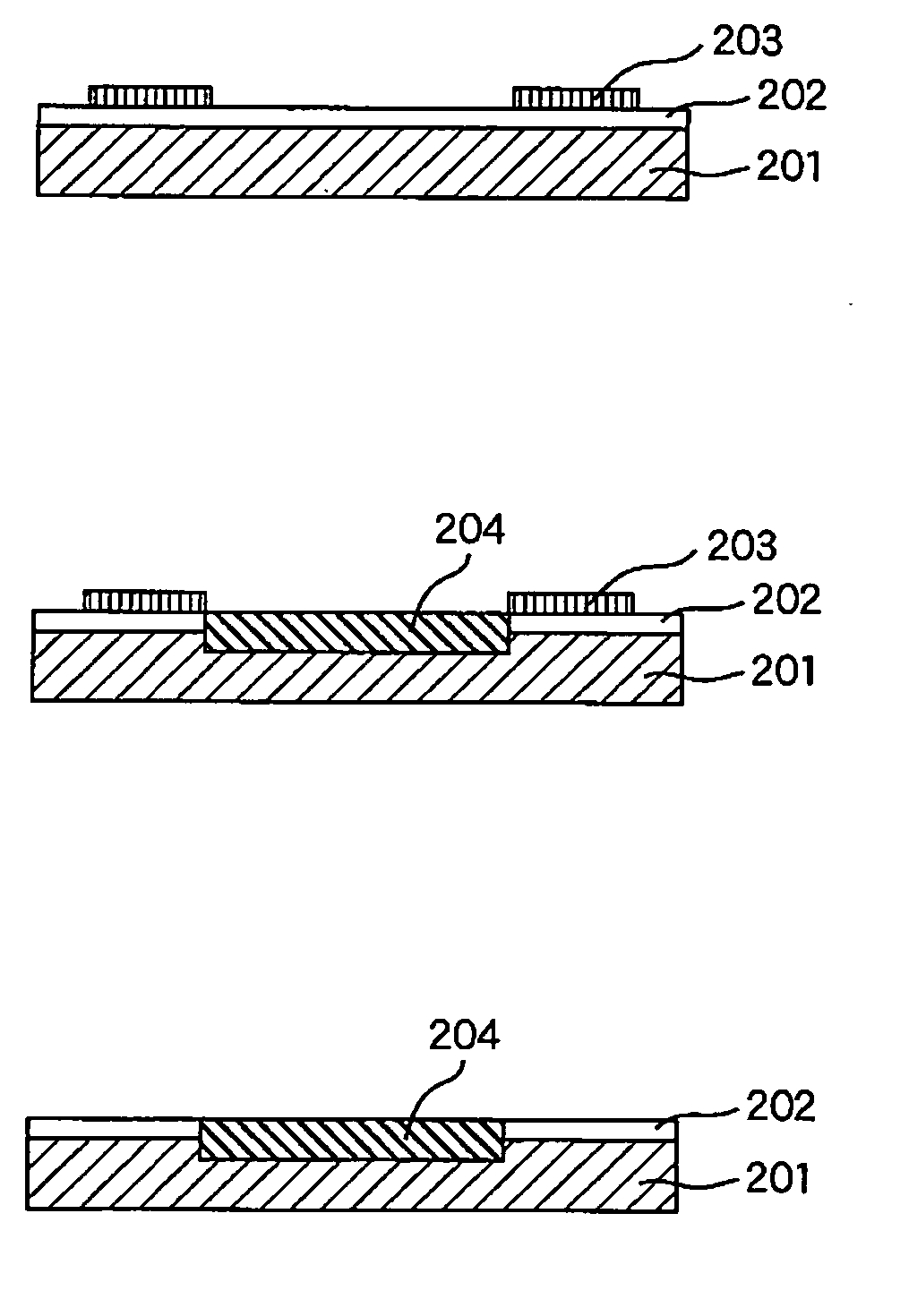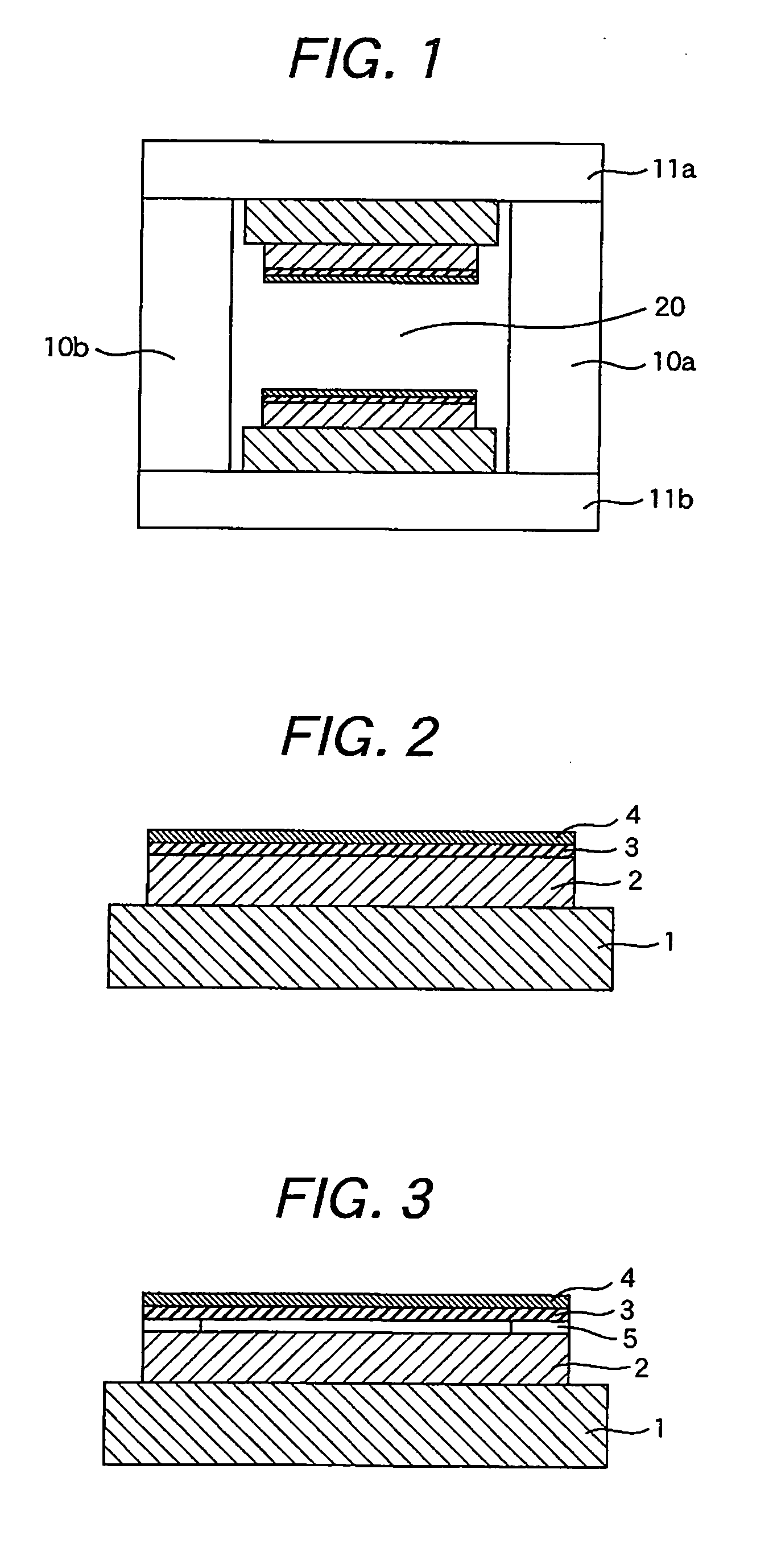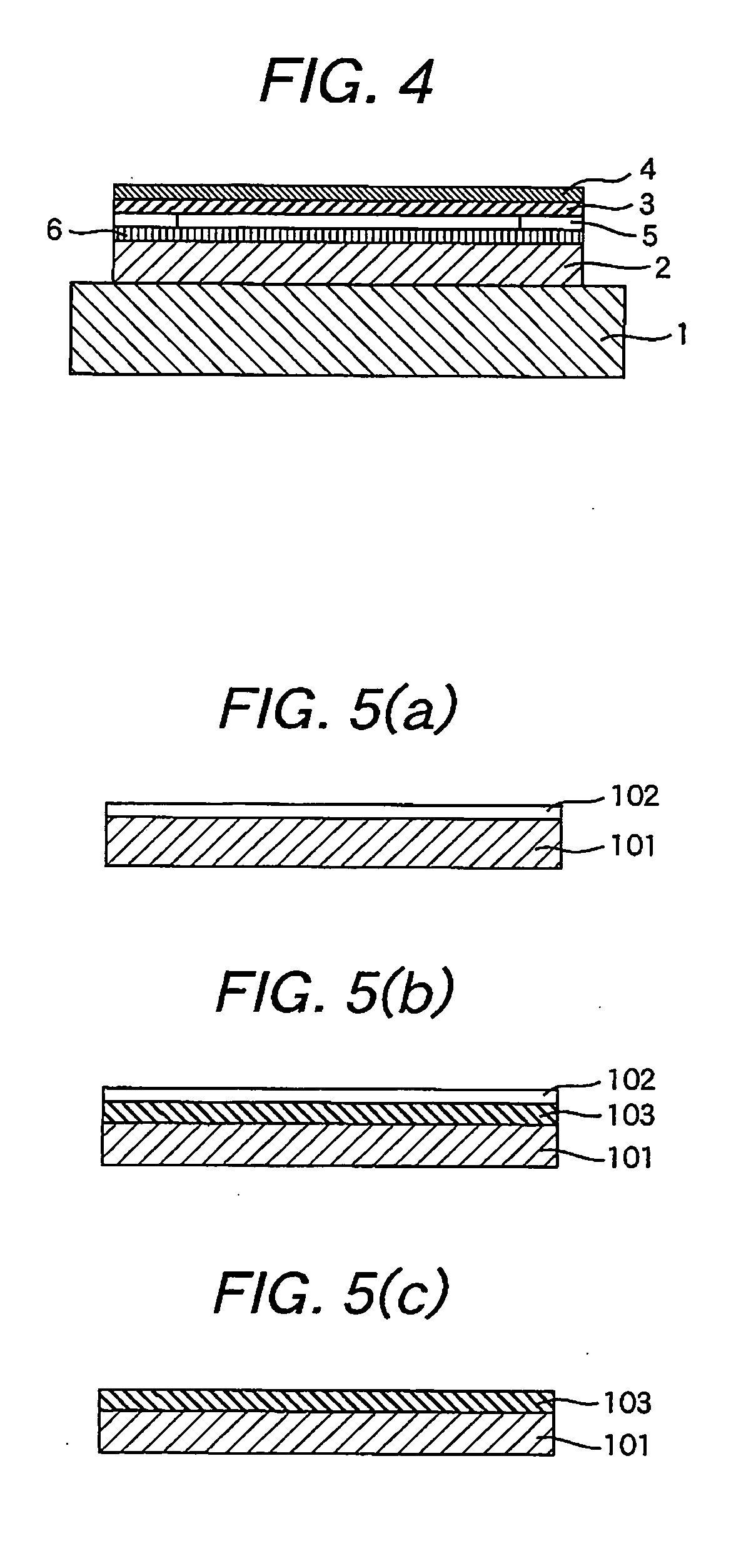MRI apparatus with high-resistance magnet
a magnet and high-resistance technology, applied in the field of rare earth magnets, can solve the problems of oxyfluorine compound being more brittle, affecting the formability of the material, and affecting the use of the material, so as to increase the resistance of a rare earth magnet, increase the residual magnetic flux density, and high density
- Summary
- Abstract
- Description
- Claims
- Application Information
AI Technical Summary
Benefits of technology
Problems solved by technology
Method used
Image
Examples
example 1
[0015] An example of an apparatus is shown in FIG. 1. In FIG. 1, a pair of permanent magnets 1 supported with upper and lower yokes 11a and 11b, respectively, are disposed at upper and lower positions that interpose a space 20 into which an object to be measured is inserted. The upper and lower yokes 11a and 11b are supported with columns 10a and 10b. A closed magnetic circuit comprised of the upper and lower yokes 11a and 11b and columns 10a and 10b is formed outside the permanent magnets 1. In order to suppress eddy current and reduce hysterisis causing magnetic-circuit loss, a high resistance layer is applied to the grain boundaries in the permanent magnet 1 and soft magnetic material. Here the permanent magnet with the high resistance layer is also referred as a high resistance magnet, and it is used for a part of a sintered magnet. The soft magnetic with the high resistance layer is also referred as a high resistance soft magnetic, it is used for parts of the yokes 11a and 11b....
PUM
 Login to View More
Login to View More Abstract
Description
Claims
Application Information
 Login to View More
Login to View More - R&D
- Intellectual Property
- Life Sciences
- Materials
- Tech Scout
- Unparalleled Data Quality
- Higher Quality Content
- 60% Fewer Hallucinations
Browse by: Latest US Patents, China's latest patents, Technical Efficacy Thesaurus, Application Domain, Technology Topic, Popular Technical Reports.
© 2025 PatSnap. All rights reserved.Legal|Privacy policy|Modern Slavery Act Transparency Statement|Sitemap|About US| Contact US: help@patsnap.com



